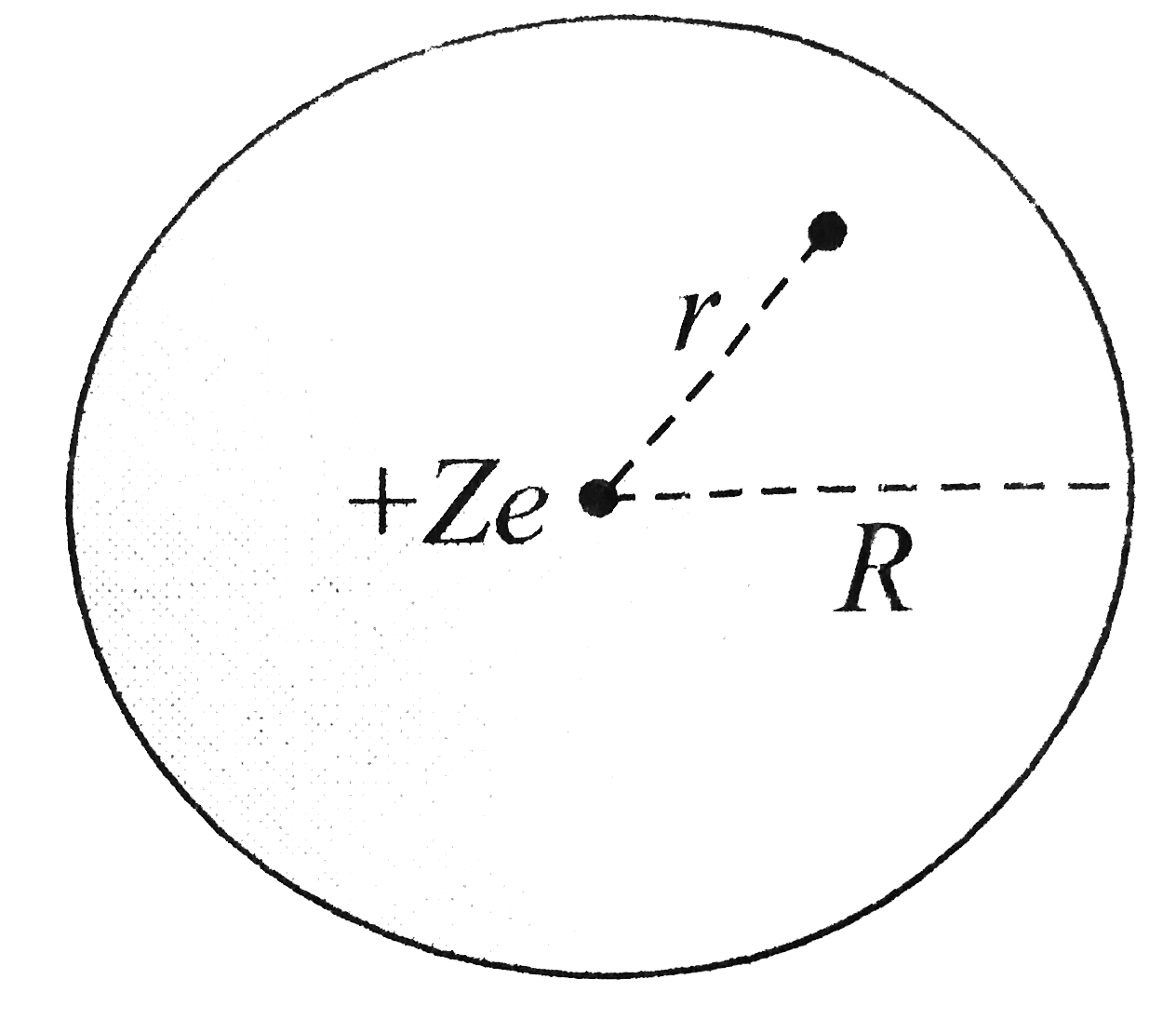In charging a neutral object by induction, the side nearer to the positively charged object acquires negative charge.
Step-by-Step Solution:
1. Understanding Induction:
- Induction is a process where a neutral object becomes charged when exposed to a charged object without direct contact.
2. Introducing the Charged Object:
- Consider a positively charged rod brought near a neutral conducting sphere. The sphere is initially neutral, meaning it has an equal number of positive and negative charges.
3. Charge Redistribution:
- When the positively charged rod is brought close to the sphere, the positive charge of the rod repels the positive charges in the sphere. This causes the positive charges in the sphere to move away from the rod.
4. Induced Charges:
- As the positive charges move away, the side of the sphere that is closer to the positively charged rod will have an excess of negative charges (electrons) because the electrons are attracted towards the positively charged rod.
5. Conclusion:
- Therefore, the side of the sphere nearer to the positively charged object acquires a negative charge, while the opposite side of the sphere acquires a positive charge. This results in an overall neutral charge for the sphere, maintaining the law of conservation of charge.
6. Final Statement:
- The statement "In charging a neutral object by induction, the side nearer to the positively charged object acquires negative charge" is true.
- Induction is a process where a neutral object becomes charged when exposed to a charged object without direct contact.
- Consider a positively charged rod brought near a neutral conducting sphere. The sphere is initially neutral, meaning it has an equal number of positive and negative charges.
- When the positively charged rod is brought close to the sphere, the positive charge of the rod repels the positive charges in the sphere. This causes the positive charges in the sphere to move away from the rod.
- As the positive charges move away, the side of the sphere that is closer to the positively charged rod will have an excess of negative charges (electrons) because the electrons are attracted towards the positively charged rod.
- Therefore, the side of the sphere nearer to the positively charged object acquires a negative charge, while the opposite side of the sphere acquires a positive charge. This results in an overall neutral charge for the sphere, maintaining the law of conservation of charge.
- The statement "In charging a neutral object by induction, the side nearer to the positively charged object acquires negative charge" is true.
Topper's Solved these Questions
- ELECTRICITY BOOK - ICSECHAPTER - ELECTRICITY EXERCISE - Exercises (Section II) Distinguish between the following
6 Videos
- ELECTRICITY BOOK - ICSECHAPTER - ELECTRICITY EXERCISE - Exercises (Section II) Short answer questions
8 Videos
- ELECTRICITY BOOK - ICSECHAPTER - ELECTRICITY EXERCISE - Exercises (Section I) Choose the correct option to fill in the blank
7 Videos
- ENERGYBOOK - ICSECHAPTER - ENERGYEXERCISE - THEME ASSIGNMENT
4 Videos
Similar Questions
Give one example of positively charged sol and one example of negatively charged sol.
View SolutionHow do histones acquire positive charge?
View SolutionIs haemoglobin negatively or positively charged sol?
View SolutionHow do you charge an object by induction?
View SolutionHow do histones acquire positive charge ?
View SolutionA subatomic particle that carries a negative charge
View SolutionTwo bodies are charged by rubbing one against the other. During the process, one becomes positively charged while the other becomes negatively charged. Then
View SolutionAccording to early model of an atom,the atom is considered it to have a positively charged point nucleus of charge Ze surrounded by a uniform density of negative charge up to a radius R. The atom as a whole is neutral. The electric field at a distancer from the nucleus is (r<R)

View SolutionAccording to early model of an atom,the atom is considered it to have a positively charged point nucleus of charge Ze surrounded by a uniform density of negative charge up to a radius R. The atom as a whole is neutral. The electric field at a distancer from the nucleus is (r<R)

View SolutionThe process of charging an uncharged object by touching it to an electrically charged object is called charging by ..............(conduction/friction).
View Solution
